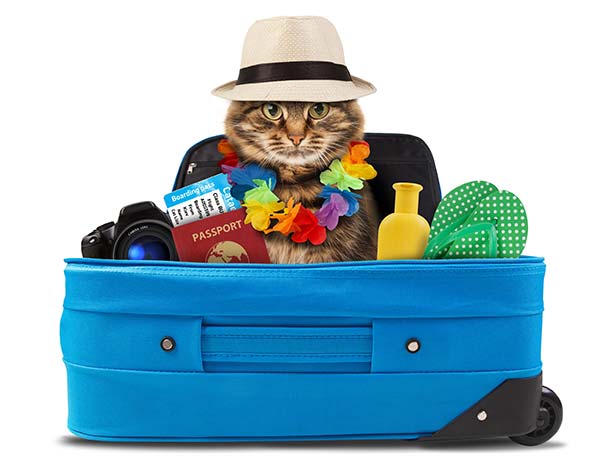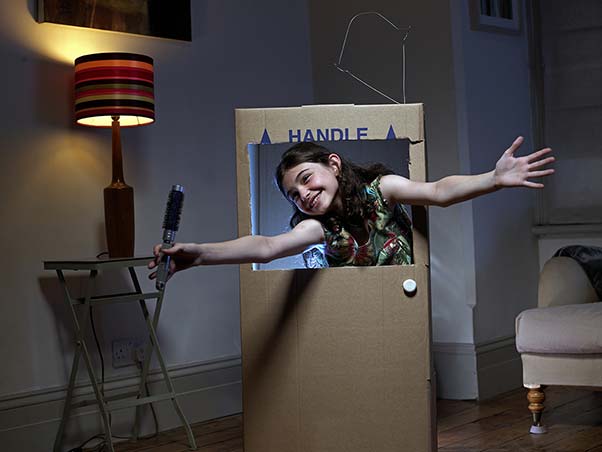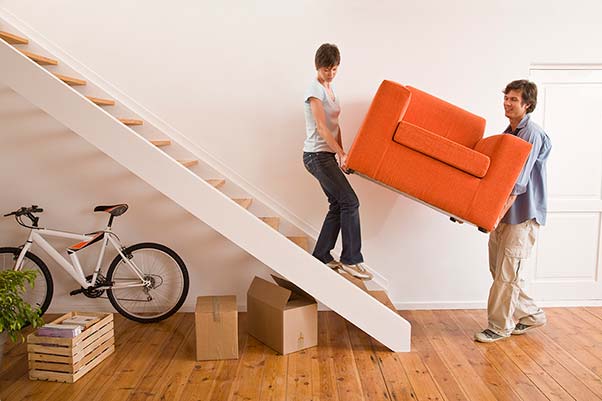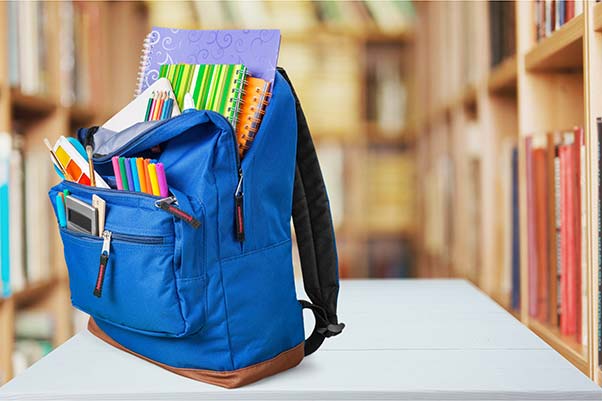Do you remember when you were a kid and learned to play Tic Tac Toe? The common wisdom was that the person who made the first move of the game had a distinct advantage and would likely win. As time went by and we learned to play Checkers, the same rule of thumb was applied. Later, we heard the same about Chess and Bridge. It seemed obvious that making the first move was a big deal… and we haven’t even mentioned dating! So, apprehension about a first move can be real. But it doesn’t always need to be.
This is especially true when it comes to making your first real physical move into your new place. Yes, there are a lot of moving pieces (pun intended!) and parts. Yes, there is a lot of planning to be done. But there are tips that can significantly diminish the stress of tackling this task. And the benefits will be apparent.
Take It from the Top
Plan, plan, plan! There are many pitfalls that can adversely affect a smooth move. Planning is your safeguard. Expect to make lots of lists along the way and keep a calendar handy, too. Once you have a destination, here are key things to address:
Time Frame
Don’t make the mistake of cutting things too close. Don’t assume that everyone you interact with will be as mindful of your schedule as you are. Allow yourself a 2-3 day overlap between the date you must vacate your current place and the time you hope to move into your new one. Failing to provide this cushion can create instant chaos.
Notify All the Players
This includes utility companies, home/renter and auto insurers, the U.S. Postal Service, and newspapers. Get their systems underway so they are in place when you arrive at your new destination. This is also the time to confirm that any special parking or freight elevators at your new place will be available for your use on the day of your move.
Get the Troops on Board!
Unless you are planning a long-distance move, it is highly likely that you will be one of the millions of people who gallantly accept the challenge of making the move themselves. Ask a slew of friends and family to commit to being available to help. Do it in plenty of time so they can plan accordingly. Check-in with them while you are packing to remind them how much you need and appreciate their help. Think of incentives! Food, cold brews, a follow-up party, gas money – whatever it takes.
Purge Your Stuff!
Do you have any idea how many people make multiple moves in their lives, including transporting unopened boxes from previous moves they’ve made? What’s up with that? Find your closest donation center and ferry the things you no longer want, use or need to them. Makes life easier for you – and better for them.
Get Your Supplies
If you expect to reuse boxes you either have or will collect, ensure that they are available and suitable for a safe move. Your valuable items will likely travel far more securely in new boxes that you can get from your offsite storage facility. Load up on packing tape and have plenty of markers for clearly identifying where each box will go in the new location.
Pack Your Boxes
Try to have an action plan. Put heavier stuff on the bottom and lighter things on top without overloading the boxes. Don’t expect to fill an entire box or bin with books; it will be too heavy to carry. Pack by destination: bathroom boxes, kitchen boxes, bedroom boxes, and so on. As you pack, make a written master list of the contents of each box and keep it in a safe place. Mark the boxes with their destination and a number rather than their contents. This will help your movers know where to head with what they’re toting.
Tackle the Truck!
This can easily be the most daunting part of your move. Be sure your truck is reserved for your moving day; pay deposits, obtain necessary insurance, and have at least two people with truck-driving experience in your group. The last thing you want to encounter at the last minute is a novice driver. That’s a loser for everyone.
The Secret to Safety
Load all of the heaviest, largest, bulkiest household items first against the walls of the truck. This keeps the weight load even and makes for a safer trip. Your rental truck should come with (or you should obtain) straps and pads. Use the straps to secure these heavy items to the inside walls around the perimeter of the truck. Remember to remove feet and legs from as many items as possible, and secure the hardware in plastic baggies that are well labeled to go with the appropriate item.
Pack from the bottom to the top, securing as you go, from the cab of the truck to the backdoor. Take shelves out of bookcases and carefully wrap mirrors and pictures in pads. These are best sandwiched between mattresses or tied off to walls. A big roll of plastic wrap will help to protect loose sofa cushions, lamp shades, and the like. Be sure that neither boxes nor other furniture can rub against (and mar) furniture surfaces.
 When you are ready to go and sure you have everything, plan to take the time to get to your new destination. Find your safest route; there’s no need to speed on this excursion! When you get to your new place, be sure that your moving crew goes inside your place and is introduced to its layout so they know where to head with furniture and boxes. This is when you can assume the role of “General,” and as the items come in the door, you can give instructions about where you want things placed. Best done once, rather than having to move things again!
When you are ready to go and sure you have everything, plan to take the time to get to your new destination. Find your safest route; there’s no need to speed on this excursion! When you get to your new place, be sure that your moving crew goes inside your place and is introduced to its layout so they know where to head with furniture and boxes. This is when you can assume the role of “General,” and as the items come in the door, you can give instructions about where you want things placed. Best done once, rather than having to move things again!
One last part of your plan should be to have a box that you keep with you that has immediate necessities in it. These might include your coffee pot and coffee, medications, snacks, sheets and towels for your first night in your new home – the things you’ll not want to have to search for after a long day.
Now is when you will surely want to thank your friends who helped you make your first move! And you’ll want to return the favor when needed. In the meantime, break out some sparkly of whatever variety, and make a toast to a happy life in your new home!










